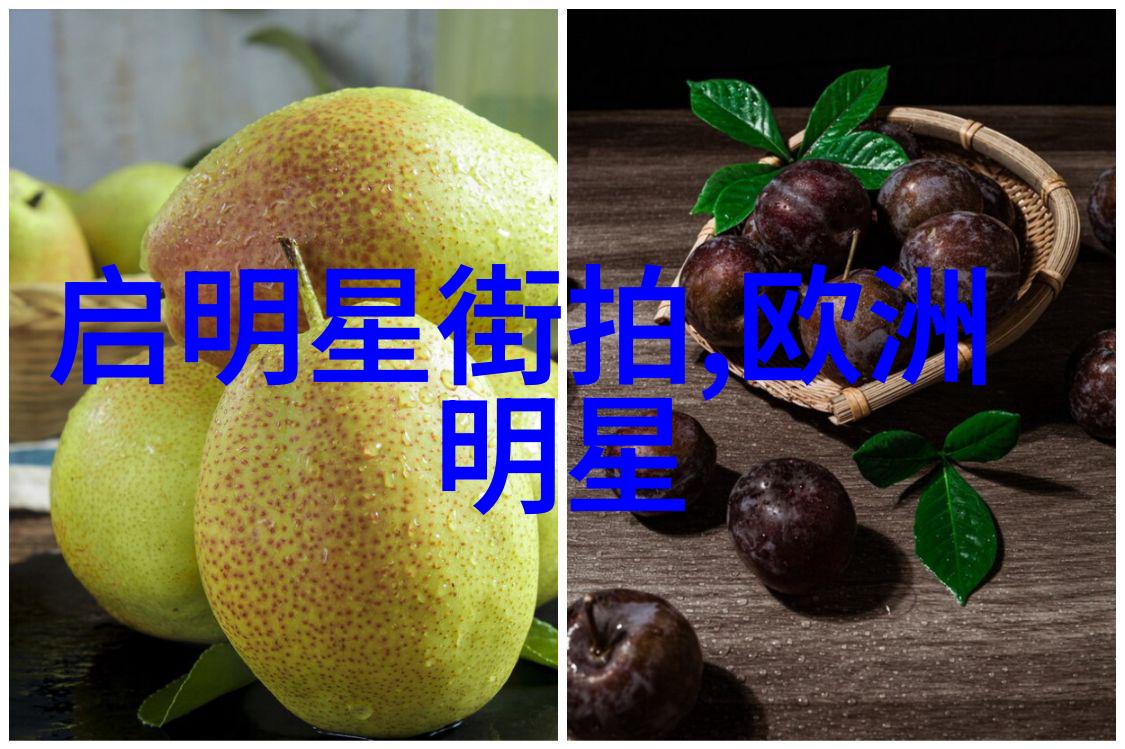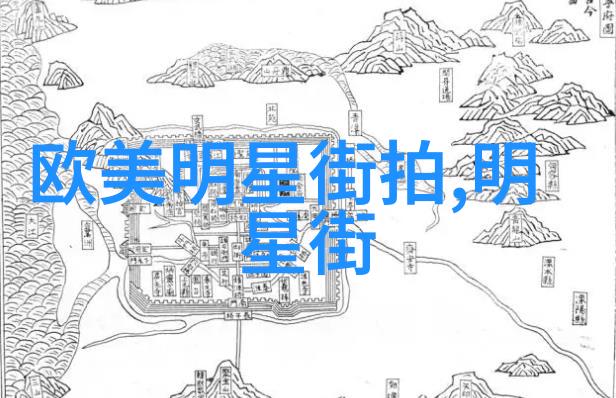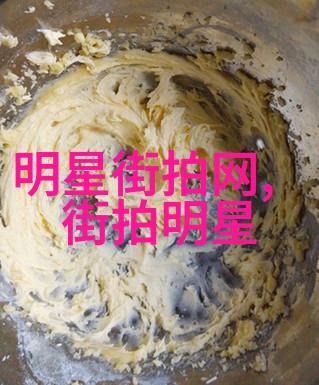在中国历史上,女子的发型不仅是时尚的一种表达,也是身份和地位的象征。班婳同款发型作为一种经典造型,曾经在多个朝代中流传开来,并且一直受到人们的喜爱。在不同的历史时期里,有许多著名女性通过采纳这种发型,不仅展现了她们对文化传统的尊重,更是体现了她们高贵非凡的地位。

班婳同款发型简介
班婳同款发型起源于汉代,是一种以平头为基础,上面绑成两条横束,然后再用丝线将两束间隔分为三等份,再取下面的部分交叉系于顶部。这种发式既显得端庄大方,又能够展现出女子内在之美。
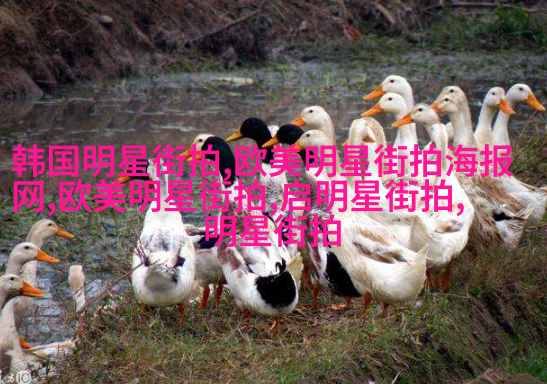
古代影响力人物中的班婳同款发型
文人墨客中的代表
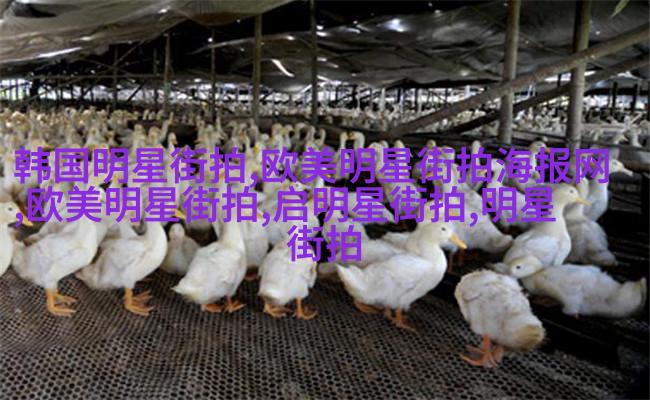
文人墨客往往追求的是一种书卷气质,因此他们所推崇的女子也需要有一定的书卷气,这样的女子自然而然会选择采纳这样的风格。唐代诗人李白、杜甫都有提到过类似的风貌,如“金陵女,双鬓斑”、“玉环女,垂髻低”。这些形容词对于后来的模仿者来说,无疑是一个很好的参考。
宫廷贵妇中的典范
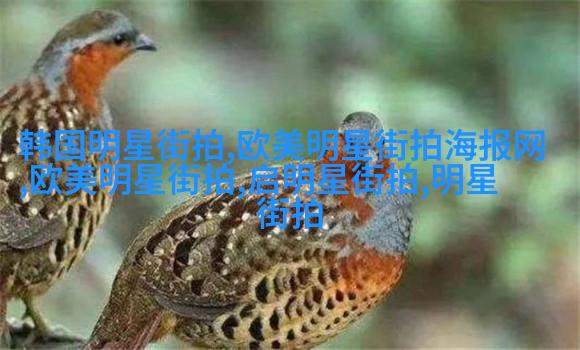
宫廷贵妇们更注重自己的仪容打扮,她们通过采纳这样的发式来展示自己家族背景和社会地位。而且由于宫廷生活比较封闭,她们对服饰和妆容有一定的审美标准,从而使得这类造型更加流行起来。
商贾富商家的媚色
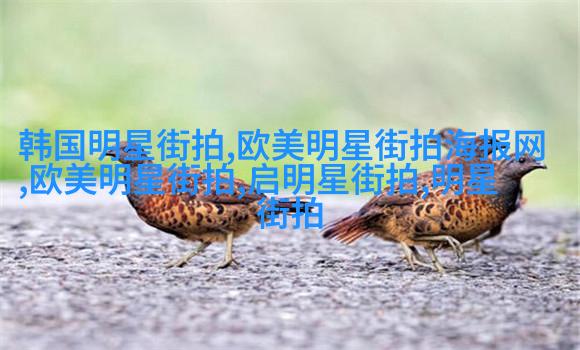
商贾富商家一般希望自己的妻子能够体现出家庭财富,同时又要保持一定的节操与品味。这一点也是为什么很多商家之妻都会选择采用这样一种简单而不失端庄的大众化设计,因为它既符合当时社会规范,又能体现其夫家的经济实力。
从古至今的人物案例研究
随着时间的推移,这种造型并没有完全消失,而是在现代人的视角下重新被赋予新的意义。比如说,在《红楼梦》中描写到的林黛玉,就是以她的秀气清新姿态,以及她那纤细的手腕和丰盈的小脚,被誉为“生香”,她的剪纸手法也常常让旁观者惊叹不已。她最著名的一次是剪纸制作了一只精致的小鸟,那小鸟竟然飞出了窗外,让周围的人都感到难以置信。但即便如此,她依旧保持着那个时代女性应有的谦逊与优雅,这正是班婳相同款所承载的情感和价值观念。
班婳同款发型在现代文化中的反响与接受度
今天,我们可以看到很多年轻女性都喜欢尝试各种各样的古装造势,他们可能会穿上汉服或者唐装参加一些活动,但真正把握住这一点的是那些深入了解并且理解其中含义的人士。在他们眼中,古装不是单纯为了复制,而是一种精神追求,一种文化认同,一种生活方式上的自我表达。
今日复兴下的挑战与机遇
随着互联网技术的发展及全球化趋势加剧,现在我们可以更容易地接触到不同国家、不同民族以及不同地区人民不同的文化元素。而对于像班婳这个传统造形,它带来的则是一系列挑战——如何在不断变化的心理状态下保持其本身独特性;如何面对各种新的创意风潮同时保护原汁原味;如何去融合其他元素让其变得更加吸引人。
但同时,也带来了机遇——这是一个超越国界、跨越时间层面的交流机会,让更多人才参与进来,为这个传统造形注入新的活力,使之成为每个人心目中不可或缺的一部分。这也许就是为什么现在还有那么多年轻人愿意花时间学习古代舞蹈、学画画或学编织等技能,他们寻找的是那种来自过去某个年代深处的情感联系,那些情感联系总能给我们的生活增添几分神秘感和浪漫色彩。
总结:
Ban Chao, a famous Chinese historian and diplomat of the Han Dynasty, was known for his unique hairstyle that has become an iconic symbol of elegance and refinement. The Ban Chao hairstyle has been passed down through generations and remains a popular choice for women today. In this article, we will explore the history and cultural significance of the Ban Chao hairstyle in ancient China and how it continues to influence fashion trends in modern times.
The Ban Chao hairstyle originated in the Han Dynasty as a simple yet elegant style that consisted of two horizontal bands on top of the head with silk threads crossing over each other. This design not only showcased a woman's beauty but also reflected her social status.
In ancient China, women from different walks of life adopted various hairstyles to reflect their personalities, social standing, and family background. For instance, women from intellectual circles like poets or scholars often wore hairstyles that conveyed wisdom and sophistication while those from aristocratic families favored more elaborate styles to demonstrate their wealth.
However, as time went by this traditional look became less common due to changing societal values but its essence continued to inspire new designs.
As we delve into contemporary culture it is evident that there is still much appreciation for these classic looks even among young people who seek inspiration from past eras without losing sight of modernity. With technological advancements such as digital platforms allowing global connectivity it becomes easier than ever before for people around world share ideas about artistry aestheticism which has given rise new ways expressing oneself through fashion.
This journey through time allows us appreciate both old traditions & embrace change while keeping our connection alive with what once was so cherished by our ancestors - giving birth new forms expression henceforth.
So let us cherish these timeless classics never forgetting where they come from & at same time embracing future innovations seamlessly blending past present together creating something truly remarkable!

